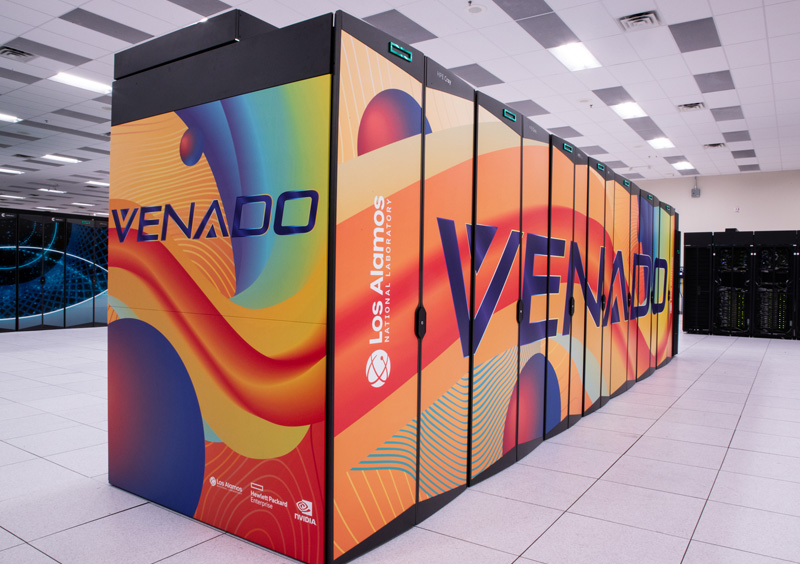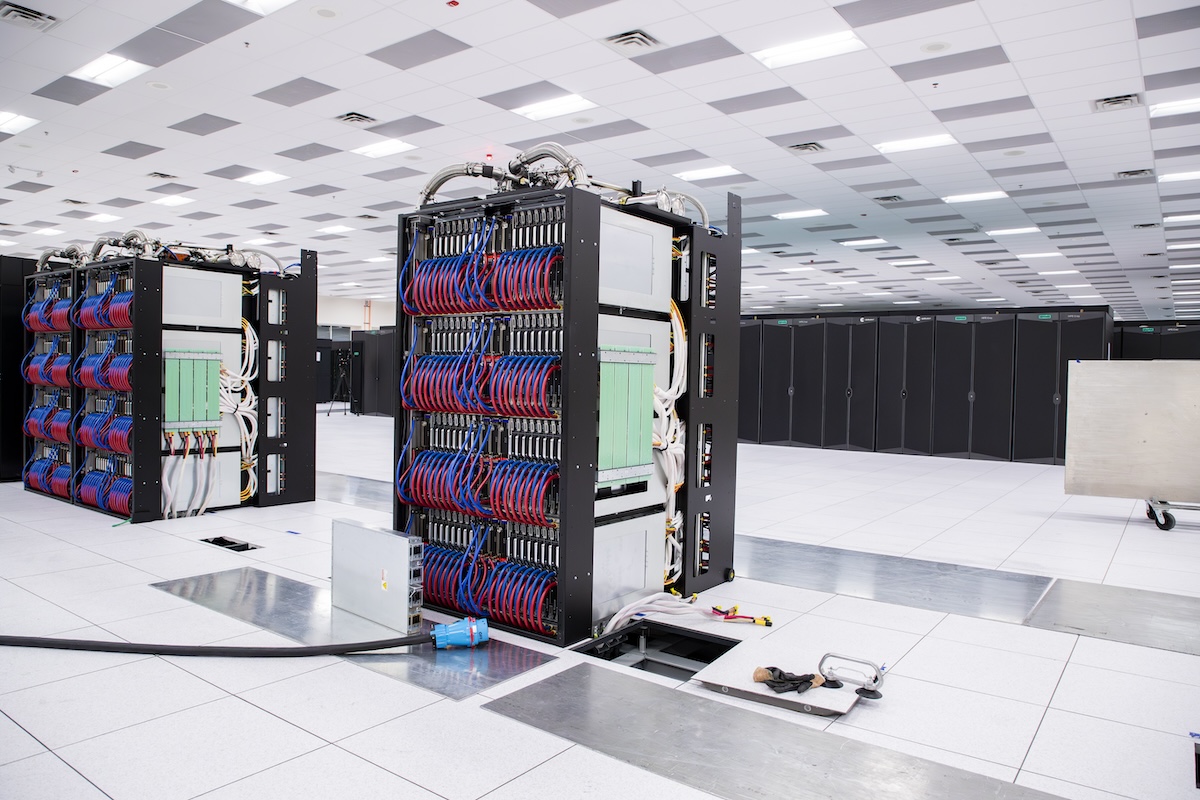The Advanced Simulation and Computing (ASC) Program supports the Department of Energy's National Nuclear Security Administration (NNSA) Defense Programs by developing simulation capabilities and deploying computing platforms to analyze and predict the performance, safety, and reliability of nuclear weapons and to certify their functionality in the absence of nuclear testing. The ability to model the extraordinary complexity of nuclear weapons systems is an essential element of the Stockpile Stewardship Program (SSP).
Nuclear weapon simulation and computing
Ensuring the safety and reliability of the nation's nuclear weapons stockpile
Program elements
Integrated Codes
Integrated Codes (IC) contain the mathematical descriptions of the physical processes relating to nuclear weapon systems and describe what the nation knows about how nuclear weapons function.
Physics and Engineering Models
The Physics and Engineering Models (PEM) subprogram provides the models and databases used in simulations supporting the U.S. stockpile.
Verification and Validation
The Verification and Validation (V&V) subprogram provides evidence that the models in the codes produce mathematically credible answers that reflect physical reality.
Computational Systems and Software Environments
The Computational Systems and Software Environments (CSSE) subprogram builds integrated, balanced, and scalable computational capabilities to meet the predictive simulation requirements of the NNSA.
Facility Operations and User Support
The Facility Operations and User Support (FOUS) subprogram provides two critical enablers for the effective use of ASC tri-lab computing resources: 1) physical facility and operational support for reliable, cross-lab production computing and storage environments, and 2) a suite of user services.
Computing News
All News Computing
ComputingQuantum computers tackle a century‑old math puzzle
A Los Alamos scientist has shown that quantum algorithms can be used to factor group representations — a problem central to particle physics and many other fields — that was thought to be infeasible for computers at any practical scale
 Computing
ComputingLos Alamos National Laboratory launches frontier AI models on the Venado supercomputer
The Venado supercomputer is now running the latest OpenAI reasoning models on its NVIDIA Grace Hopper GPUs to accelerate national security-related science
 Computing
ComputingLos Alamos team finds a new path toward quantum machine learning
Gaussian had until now escaped use in the quantum computing realm
Artificial Intelligence News Stories
More Artificial Intelligence News Artificial Intelligence
Artificial IntelligenceNew approach detects adversarial attacks in multimodal AI systems
Topological signatures key to revealing attacks, identifying origins of threats
 Artificial Intelligence
Artificial IntelligenceLos Alamos contributes to unprecedented dataset to train AI models
Meta leads molecular simulations dataset effort using Lab software and tools
 Artificial Intelligence
Artificial IntelligenceLaboratory researchers converge to test and train scientific AI models
1000 Scientist AI Jam Session brings scientists together with leading-edge AI tools

